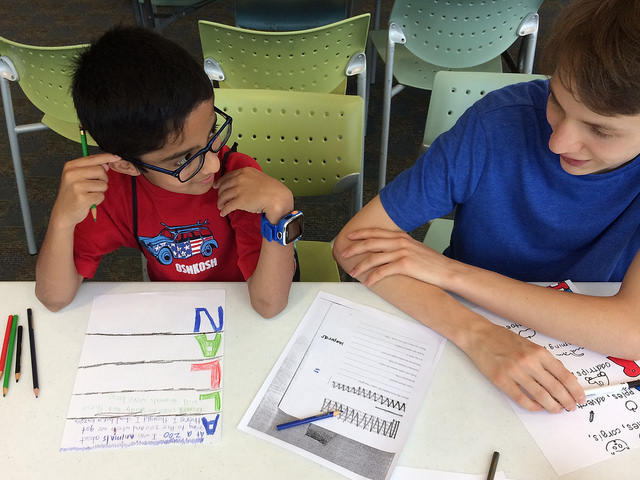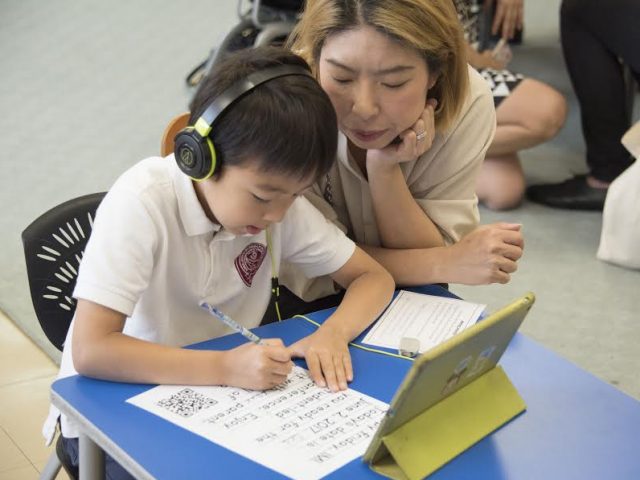As parents, all of us wish to offer our youngsters every little thing we might never have in our young lives. I can not fail to remember the psychological response I had to the fortunate few of my fellow intermediate school students regaling our class with tales of their family summer trips at Disney World in Florida. I never did get to go to Disney World as a child as well as this created such a solid memory for me that one of the first things I did after my 3rd kid was born, was to start saving for Disney Globe.
It took three 1/2 years but I was ultimately able to take our family members on the holiday I might never ever have as a child. The factor of this story is that often childhood years’ feelings bordering cash have a profound impact on us as adults; driving us to do things that might not be in the best interest of our youngsters, such as ruining them.
Take a look around and also you will see ten, eleven, or twelve years of age walking with cellular phones, iPods, and Prada bags. Underlying this is, I think, our desire to offer our kids a much better life. Most of us seem to desire for our youngsters what we could not have, ourselves, as children. Yet where does this leave our youngsters? Will they mature being ruined as well as self-indulgent, expecting from society as opposed to being grateful for what society has provided? Is our parental need to make up for what we did not have in our teen lives going to harm our youngsters, as well as if so, exactly how do we minimize this?
Creating a Finance Education Plan to appropriately inform your children about cash requires three essential and co-dependent components:
- Generating income – Any type of Money Management program needs to begin with producing money for a kid to handle. This is done by producing an allocation program so they can begin making money.
- Conserving Money – This part of the program concentrates on educating a youngster just how to save what they have actually gained. This is broken down into two additional parts: short-term financial savings (to be utilized for the investing portion of the cash monitoring education and learning strategy) and also long-term financial savings.
- Spending Cash – This shows a child just how to manage their costs. The money for this comes from their short-term savings, or what I such as to call their discretionary revenue.

Making money
If a child is too young to generate income, an allowance will certainly do simply fine. But this allocation must be linked to some task, task, or obligation. It is challenging for most youngsters under a certain age to totally understand the requirement to make as well as handle cash so you might wish to hold back till they are old enough to ensure that the lesson will certainly not be lost on them. Because each youngster is different, there is no hard and fast rule regarding what would be a great age to begin their education. In my viewpoint, age ten is a great general age to begin a money management education and learning plan, which will certainly consist of an allocation program.
Before you begin any type of allowance program you must create a plan. Any type of strategy must-have these essential aspects:
- A Weekly List: Produce a regular listing showing the chores/responsibilities by day of the week starting Sunday as well as ending Saturday.
- A Check-Off: Consist of on your checklist a section for a mark-off for every chore/responsibility. Have your kid take on the responsibility for checking off each completed task, every day or weekly.
- The Payoff: At the end of the week (Saturday) have a household get-together with an evaluation of the completed jobs for the week. If all jobs have actually been finished and marked off then your child is given their allowance.
Just how much of an allowance should you give a kid? The point of the entire finance education and learning strategy is to provide a youngster with a general understanding of exactly how cash works, so the amount of the allocation is inconsequential. As a basic regulation, $5 a week functions fine, until they come to be teens. After that everything changes. In the meantime, maintain it basic as well as budget-friendly, for you. Take into consideration giving your child an allowance in smaller-sized denominations – for instance, five ones as opposed to one $5 cost. In this manner, a section of the allocation can be easily deposited into the piggy bank.
Conserving Money
Among the most valuable lessons, you can teach a kid is the worth of saving what they gain or get. The piggy bank is truly a concrete metaphor for establishing what financial organizers call a long-term financial savings strategy. The funds in the piggy bank can be regularly invested into a passbook account or a few other investments for your youngster down the road, but the piggy bank is an essential device to help in the education and learning process.
As a temptation to conserve, you may intend to add a matching feature to reward your youngster for saving their allocation. As an example, you may accept or match whatever cash your youngster has collected in their piggy bank over an amount of time. This could be a fun thing for everyone. A cool idea my other half as well as I utilized with our children was to clean out the piggy bank after each month as well as suit whatever was in our kid’s piggy bank. There is an additional reason for doing this.
Kids might be lured to regularly deplete the piggy bank as well as use the money for sweets or other things. Matching not only inspires your kid to save but also develops liability. If your kid takes money out of the piggy bank, they know you will certainly learn, considering that the agreed-upon savings will not equal what was actually in the piggy bank at the end of the month. In the business globe, we call this spending plan vs. actual. Organizations liquidate the month to see if their anticipated profits equal their real revenues. Go to this link for more tips on teaching kids money, https://theoliversmadhouse.co.uk/you-can-teach-your-kids-to-be-great-with-money/.




